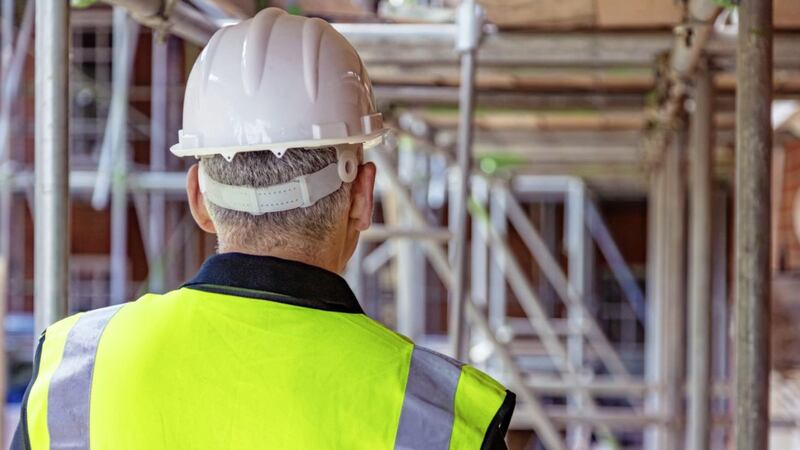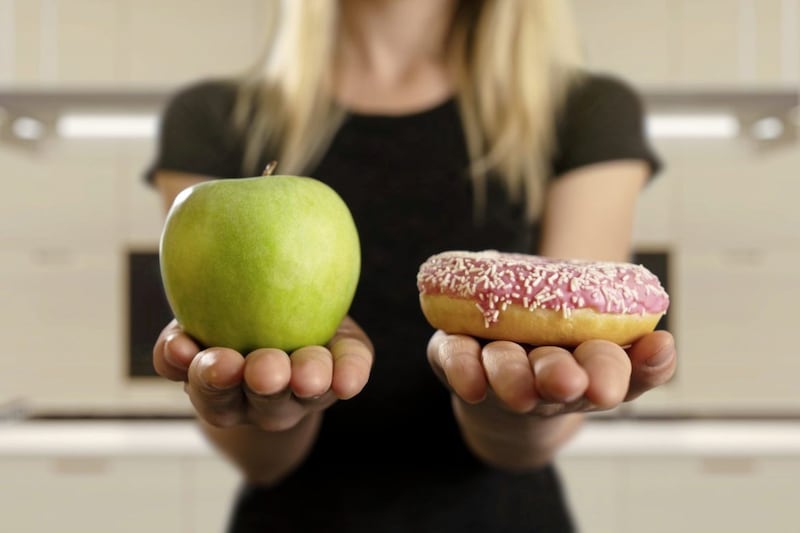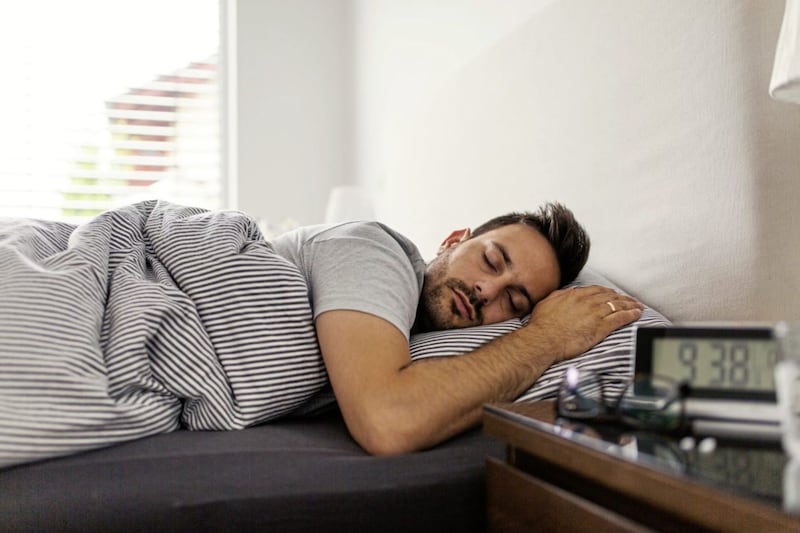MOST of us are doing our best to eat well, most of the time with a view to staying healthy, but have you ever stopped to consider the impact of the food you eat on your safety at work.
This week I have been visiting different workplaces across Northern Ireland to discuss just this. I've met bus drivers, construction workers, emergency service personnel and utility workers, who we put our trust in to deliver us a safe service. In these jobs, health and safety has to be a priority, but usually this means hard hats, following on-site protocols and high-vis jackets. What if the food these workers are eating had a part to play in how safe they were in their jobs?
:: Health and safety
The term health and safety is a catch-all phrase that usually puts more emphasis on safety than health. But the health of an employee has a crucial role to play in the safety record of the workplace.
A good example of the link between health and safety is the London Olympics. This site, which took four years to build is on record as being the safest Olympic build ever. At its peak, the site had 12,500 workers on site, incurring 62 million man hours. London 2012 had a reported injury rate of just 0.17 per 100,000 man hours – the average construction industry average in the UK is 0.55.
So what was different? Management went the extra mile to ensure that the health and safety of employees, contractors and sub-contractors was a priority. Not just via hard hats and high vis, but with additional emphasis on health of their teams.
They found that most workers were skipping breakfast at the start of the day and eating greasy junk food at the end of the day, leaving them fat, fatigued and fed up, affecting performance the next day. One of the simple ideas that had a big effect was to provide £1 porridge pots for breakfast so that workers were set up well for the day and not thinking about their hungry bellies at 11am. Sometimes it is the simple ideas that are the best...
:: Top tips for health and safety on site
Safety on site starts with breakfast. Whether you are driving a bus, working on a building site, or sitting in front of a computer, you are less likely to make mistakes if your body and brain are fuelled well with a good breakfast.
Think protein: Adding a palm-sized portion protein to every meal will help maintain energy and sustain concentration. Eggs, nuts, seeds or yoghurt are good with breakfast. Add some chicken, pulses, meat, fish, houmous or cheese to lunch.
Cut back on refined carbs and sugar: These foods are a quick fix but result in a dip in energy and cognitive function soon after. Swap to more fibre-rich, unrefined carbs like porridge, wholegrains and root vegetables instead.
Watch your portion size: Cut back a little on carbs – about a fist-sized portion is enough, and don’t double carb. Pasta with garlic bread? Swap to pasta and salad.
Keep well hydrated: One of the first signs of dehydration is fatigue, so drink up. Aim for one and a half litres of water a day.
Pack a lunch: Taking lunch to work could make the difference between eating well and being tempted by junk food mid-day. It is a good idea to plan ahead. Make a big pot of soup or stew that will do a couple of days, or cook extra fish or chicken for dinner and have leftovers with a super salad of leaves, pulses, beetroot and seeds the next day.








